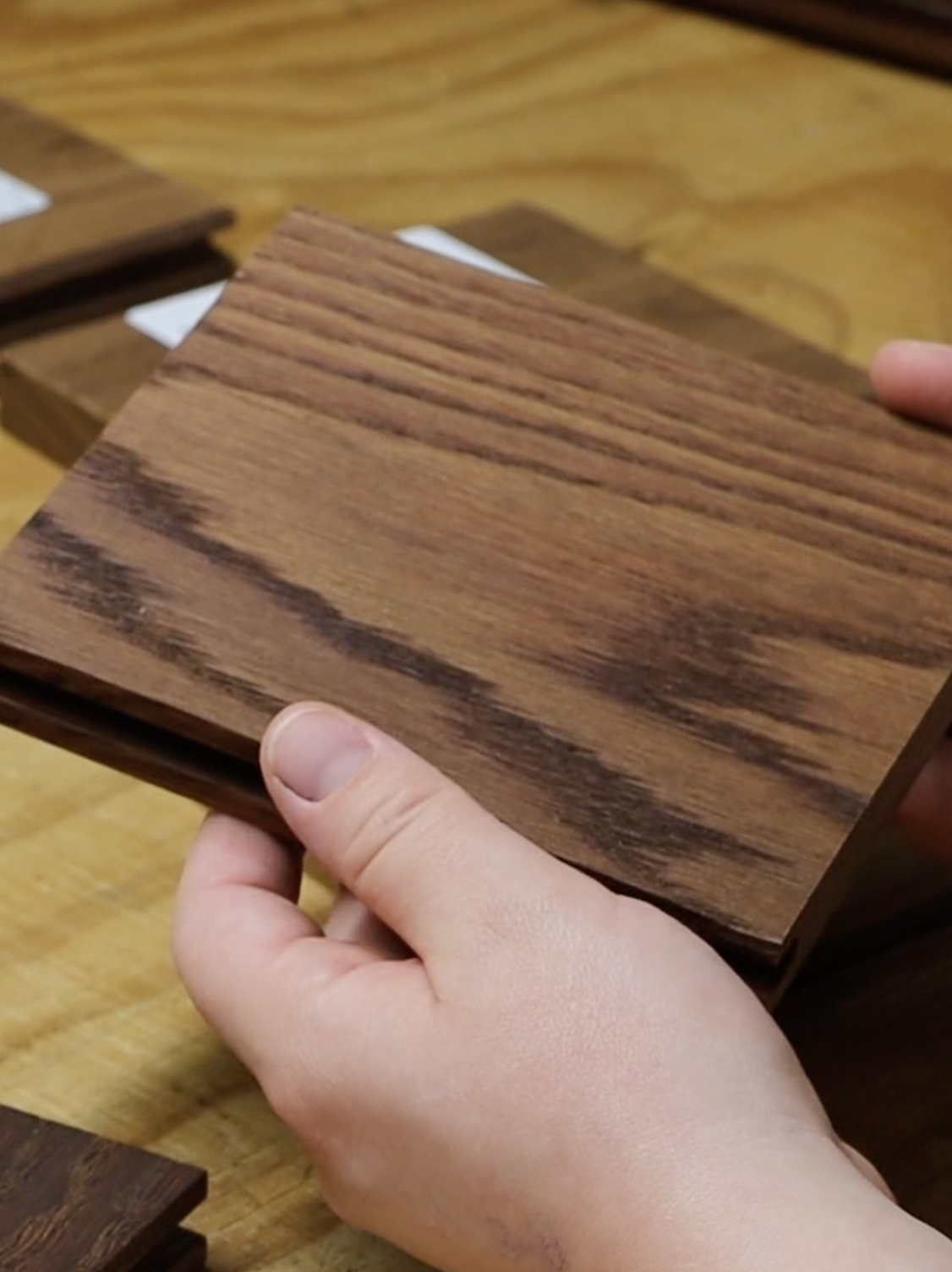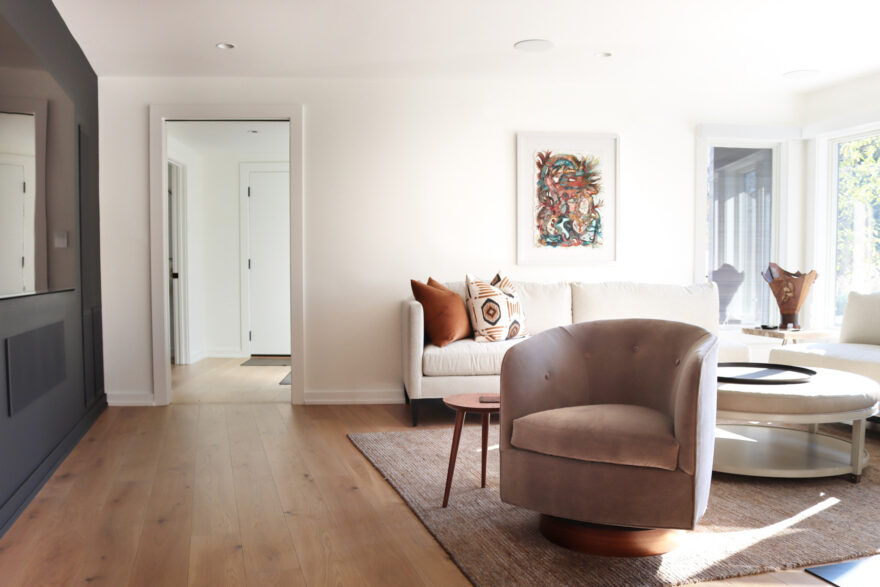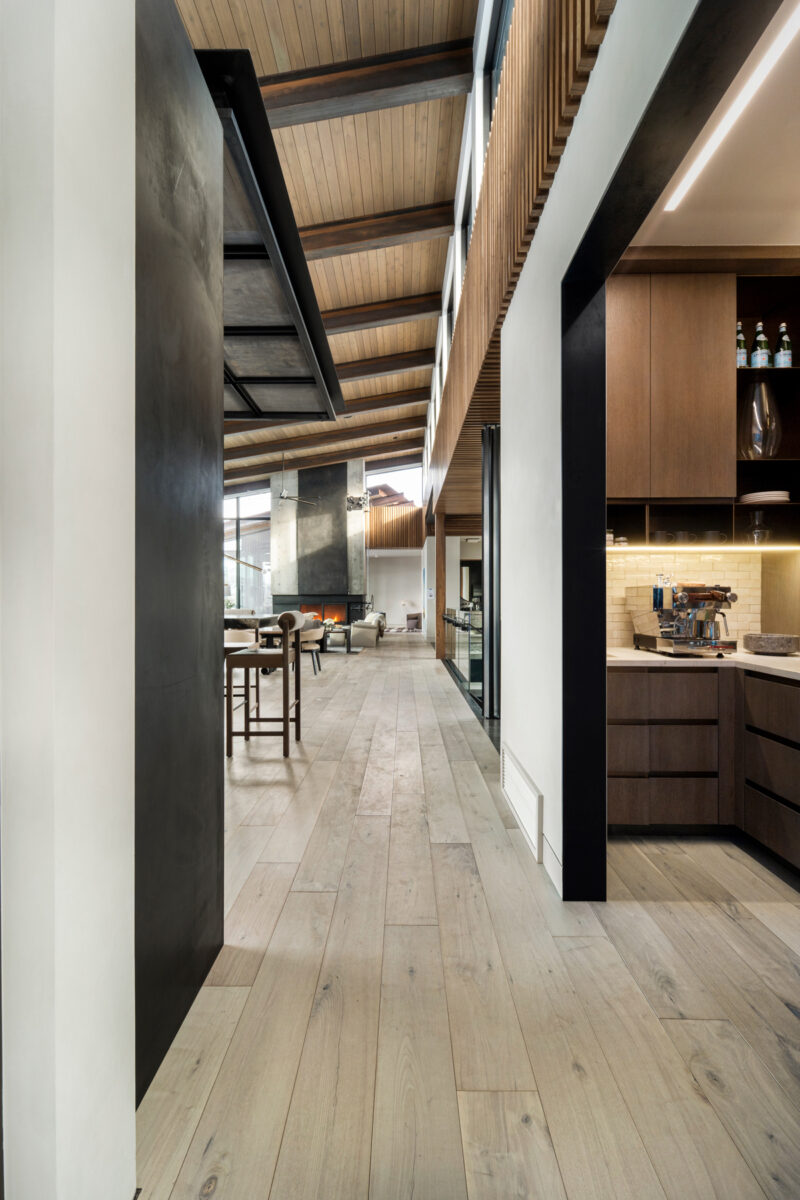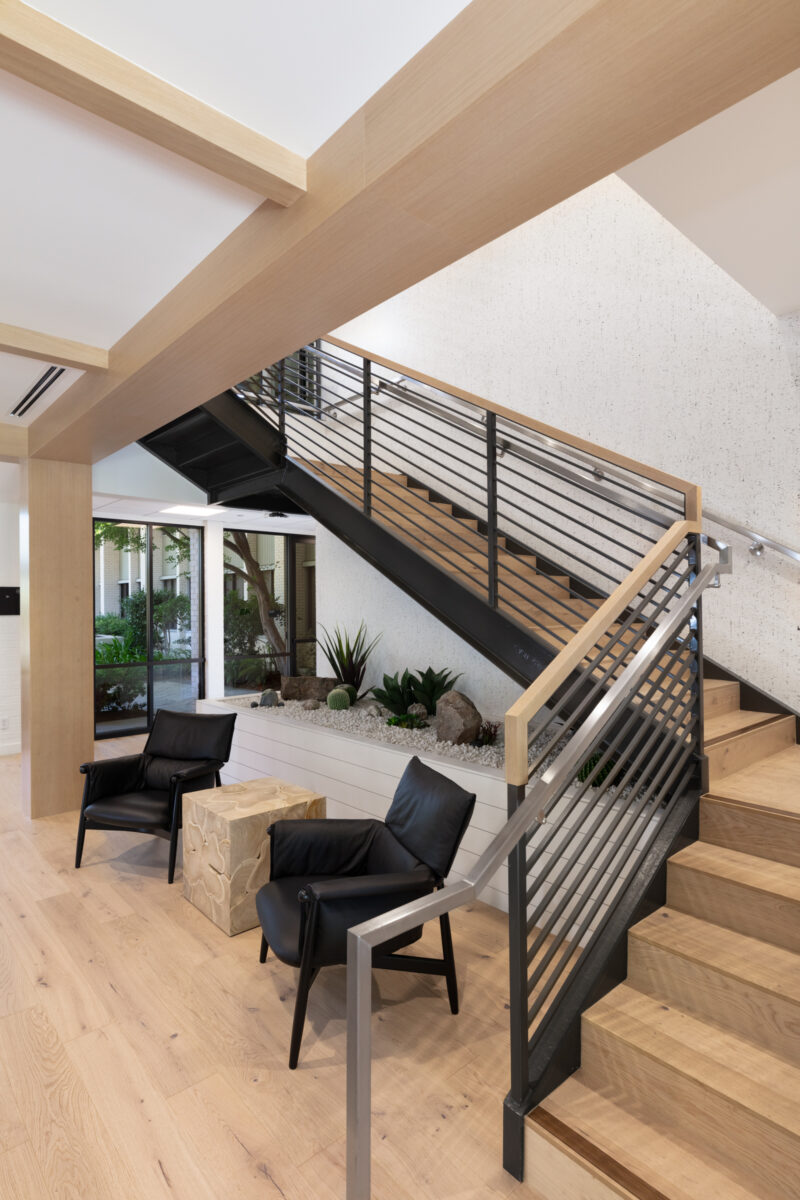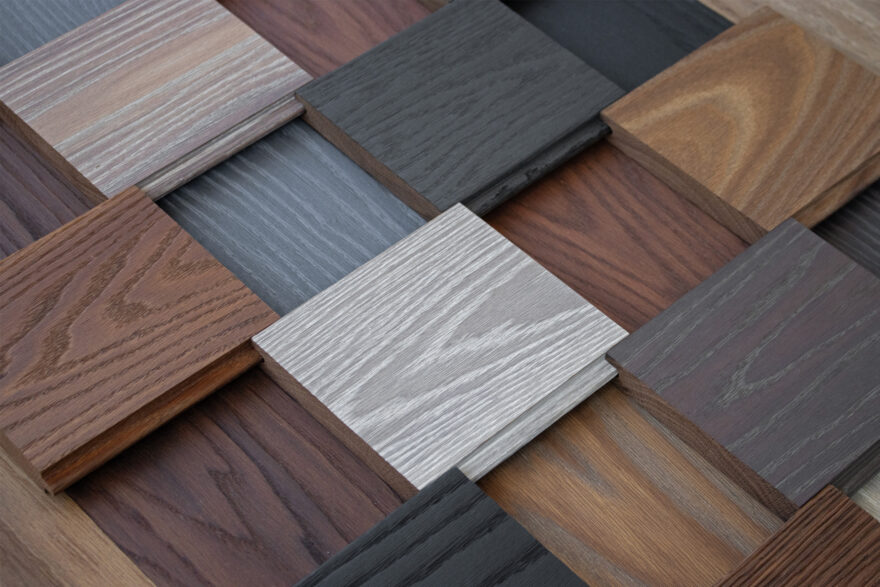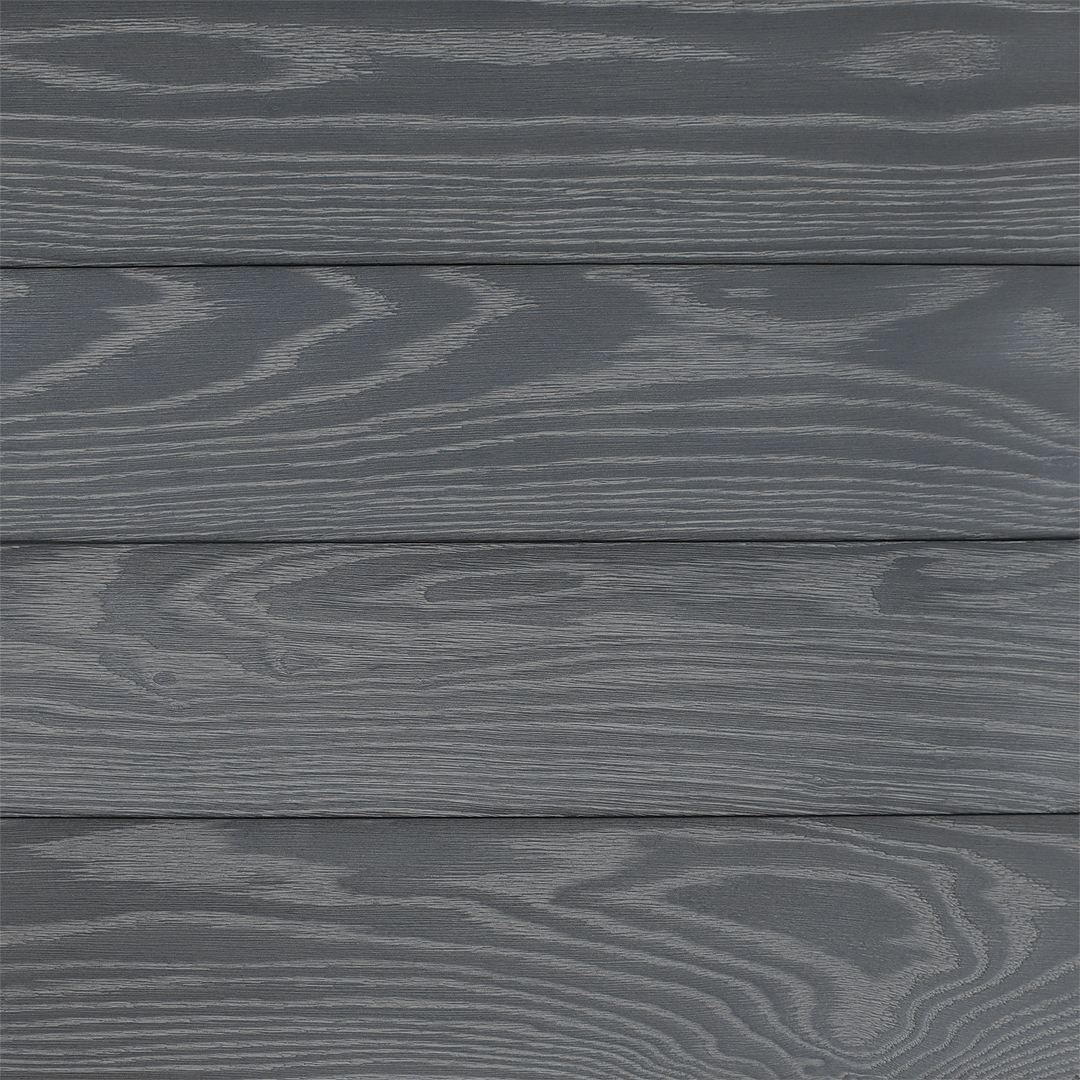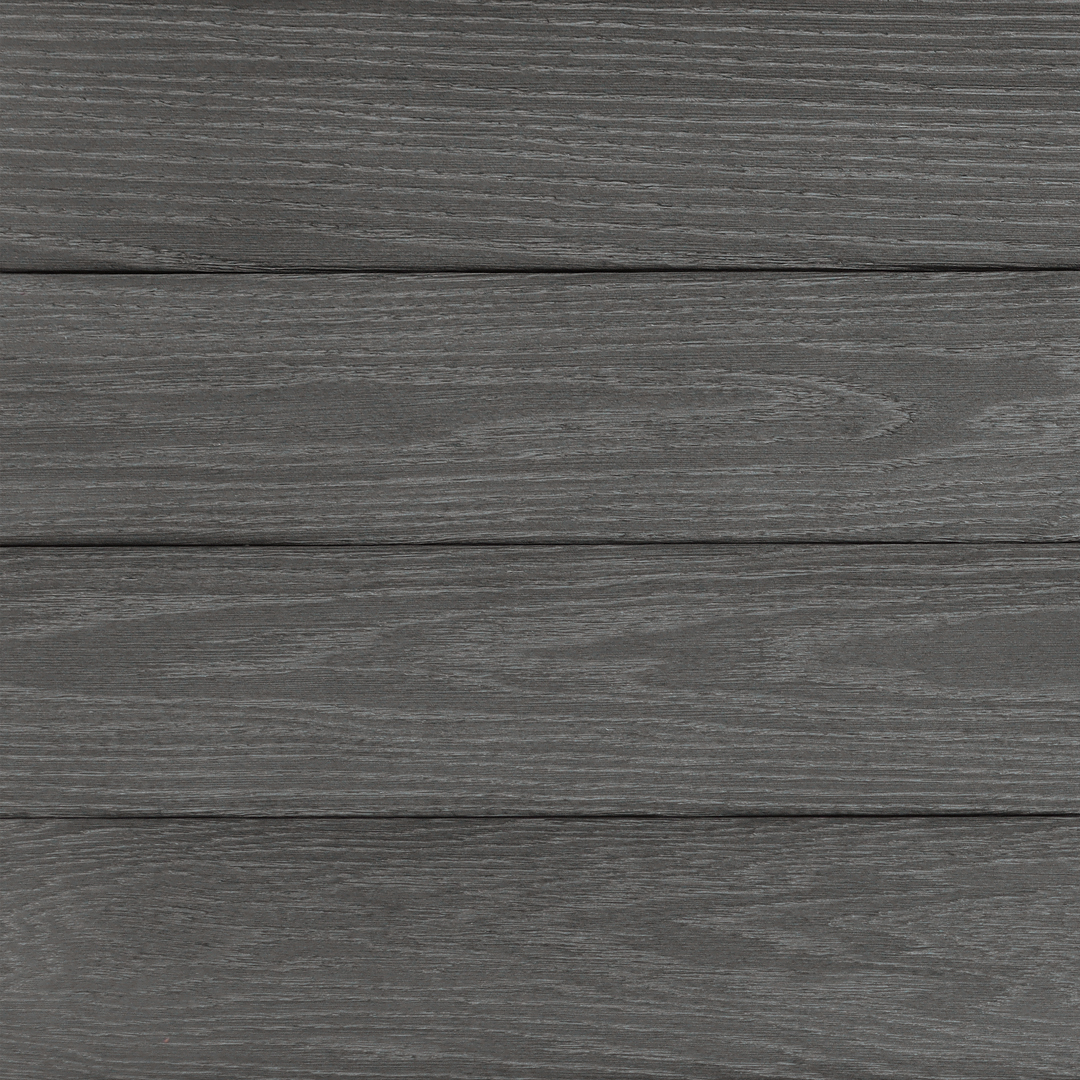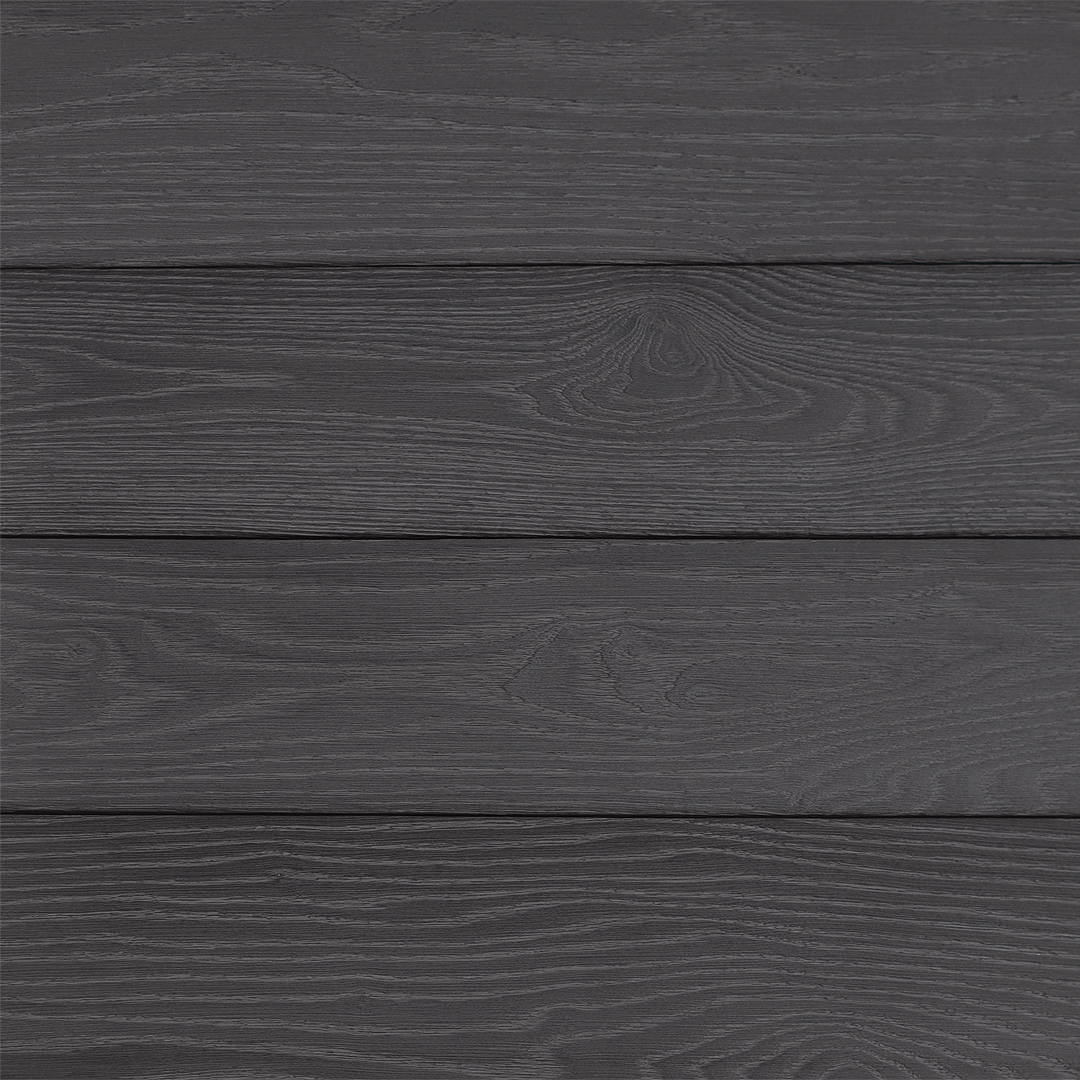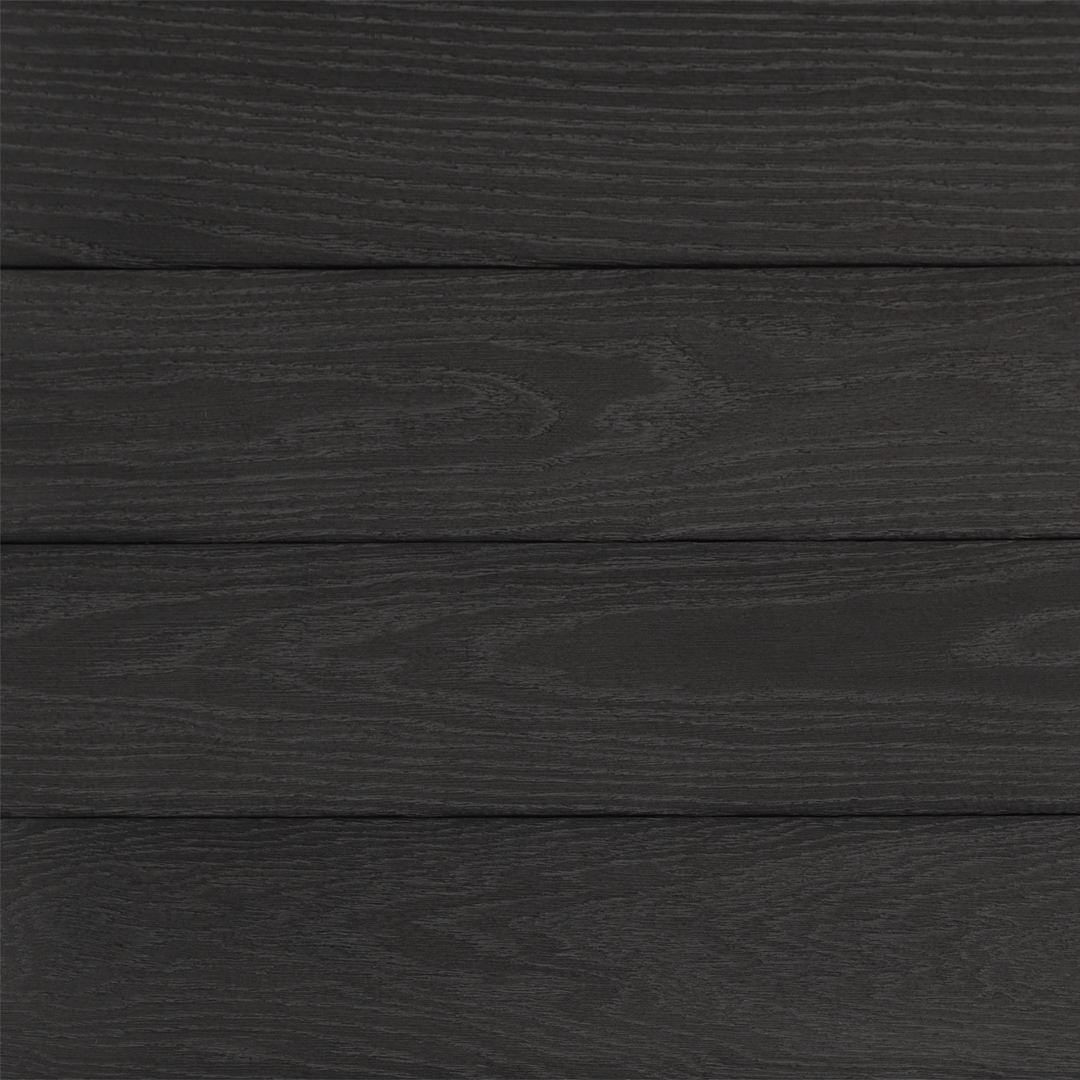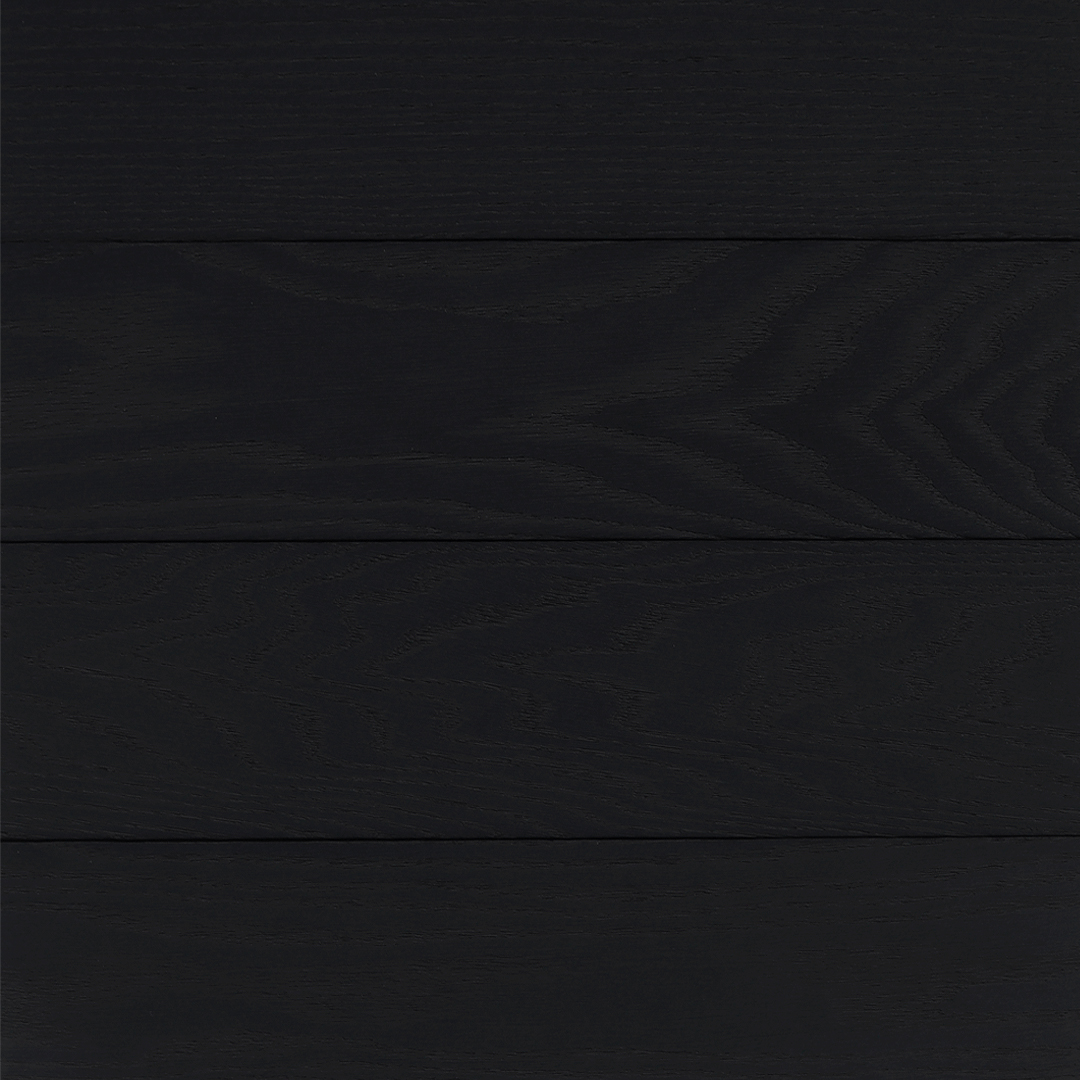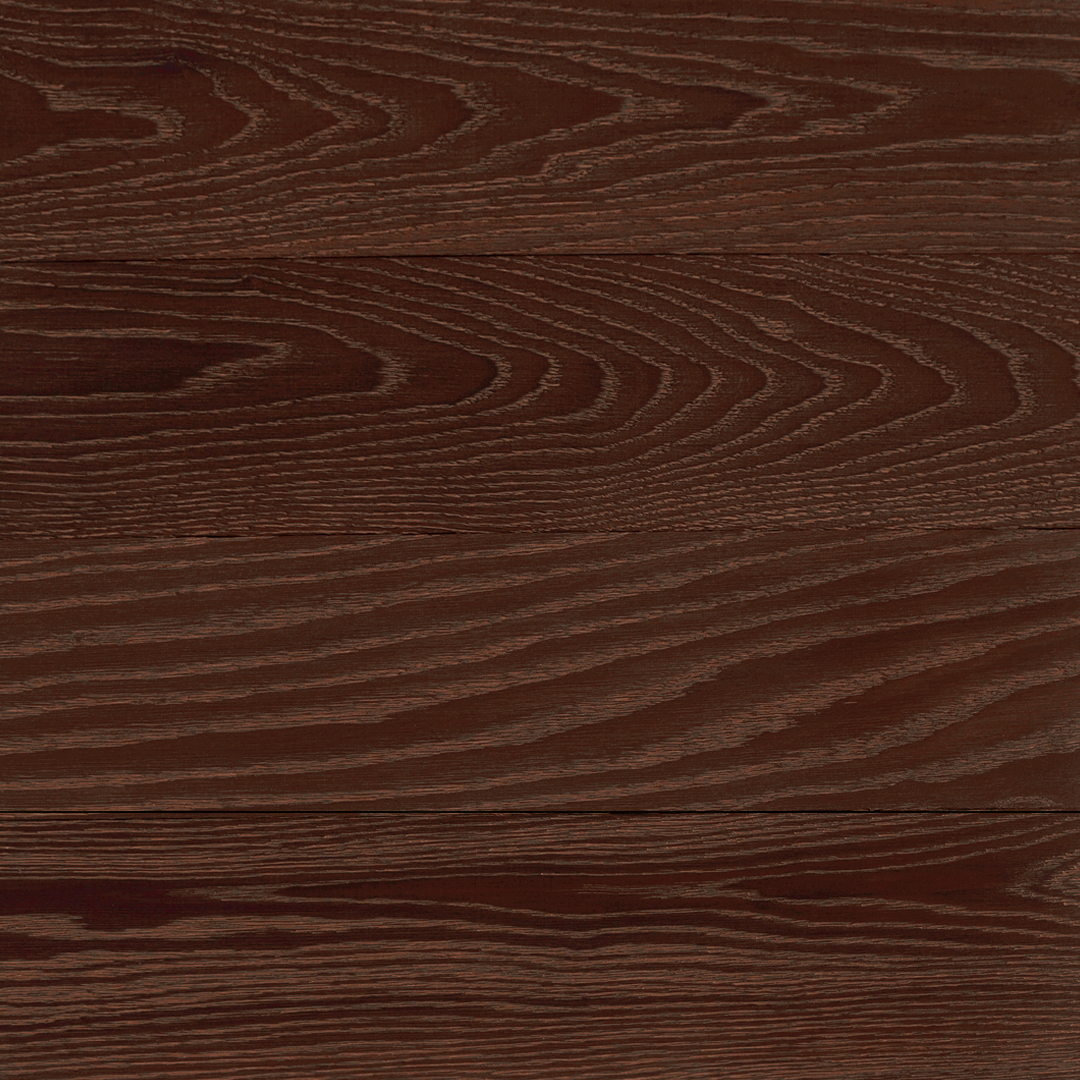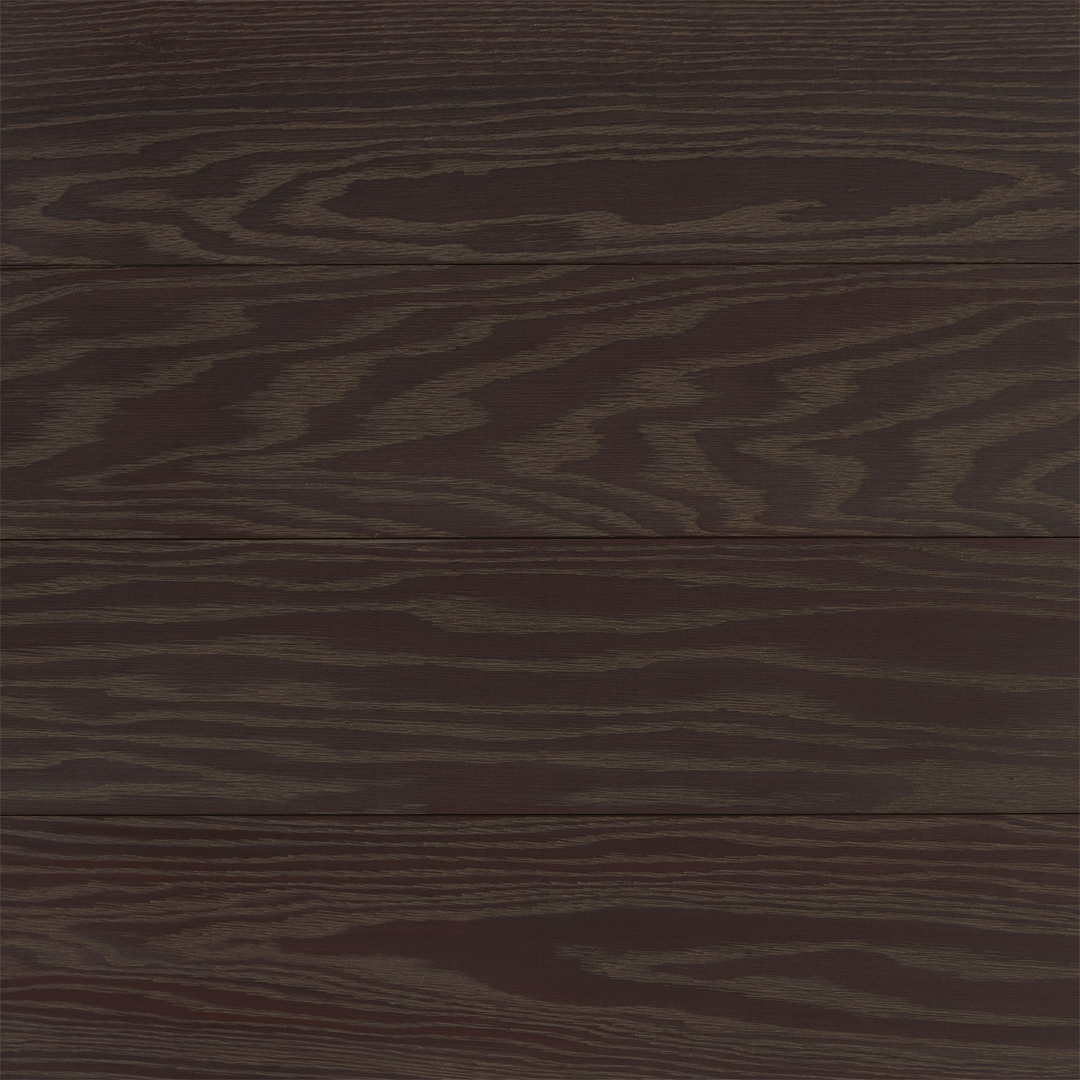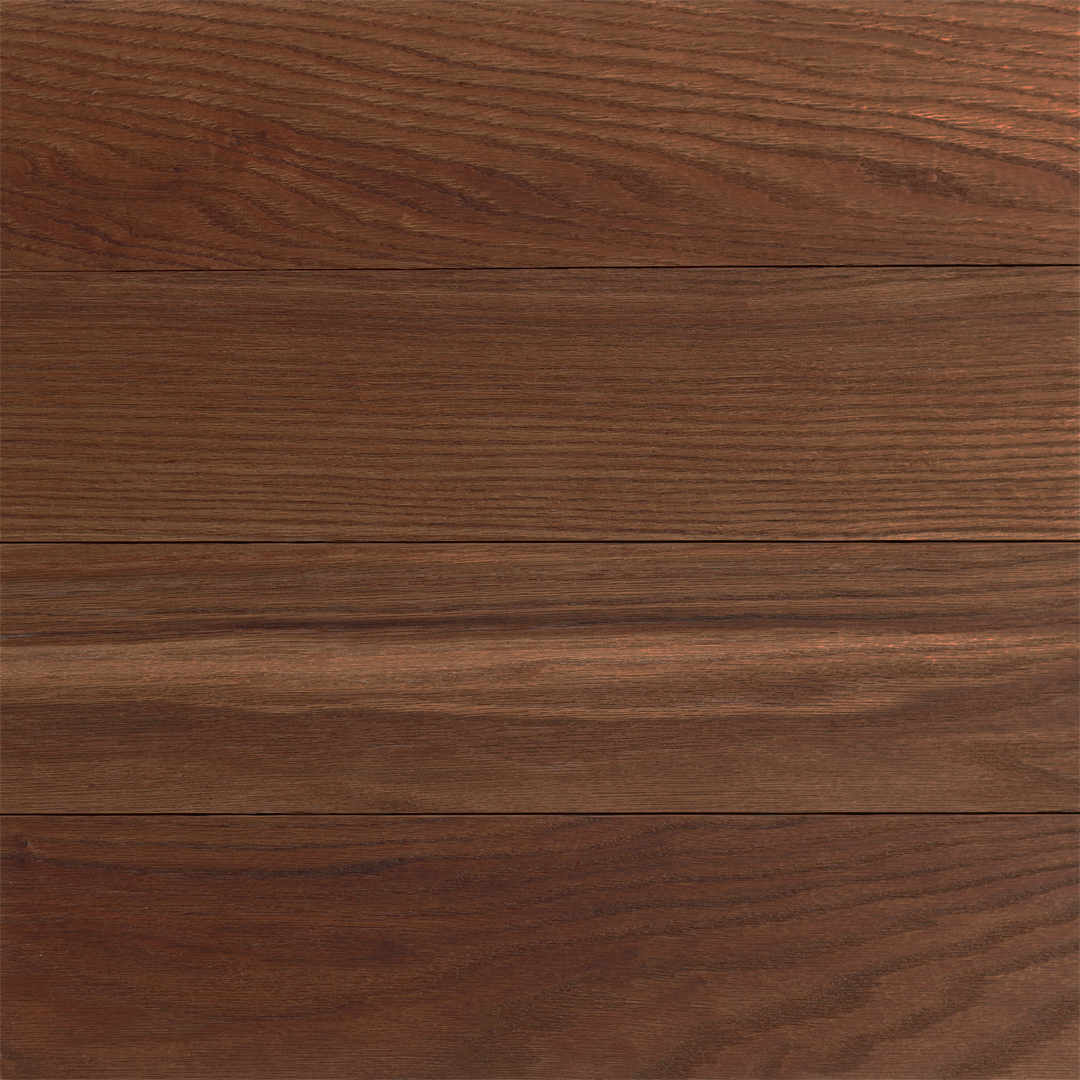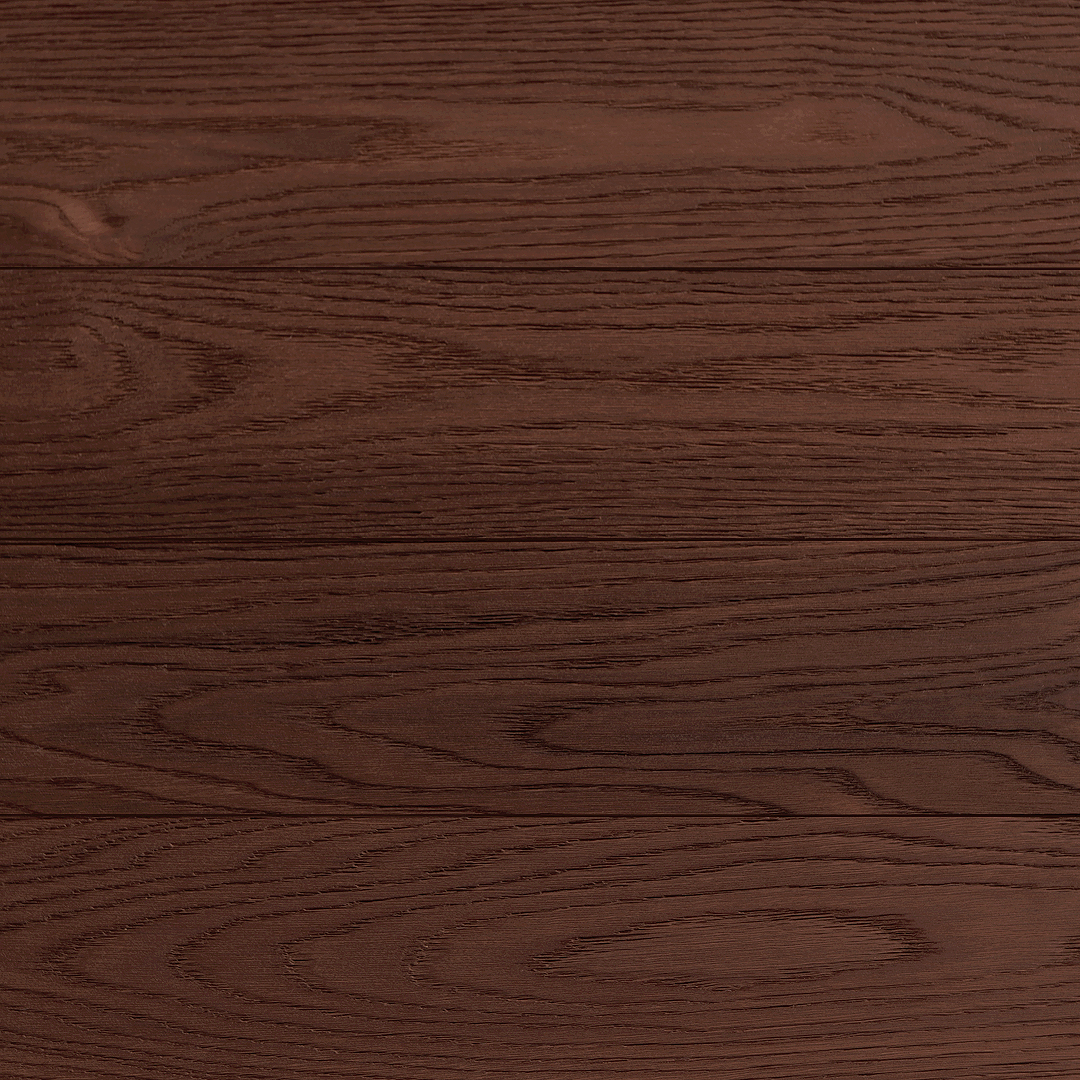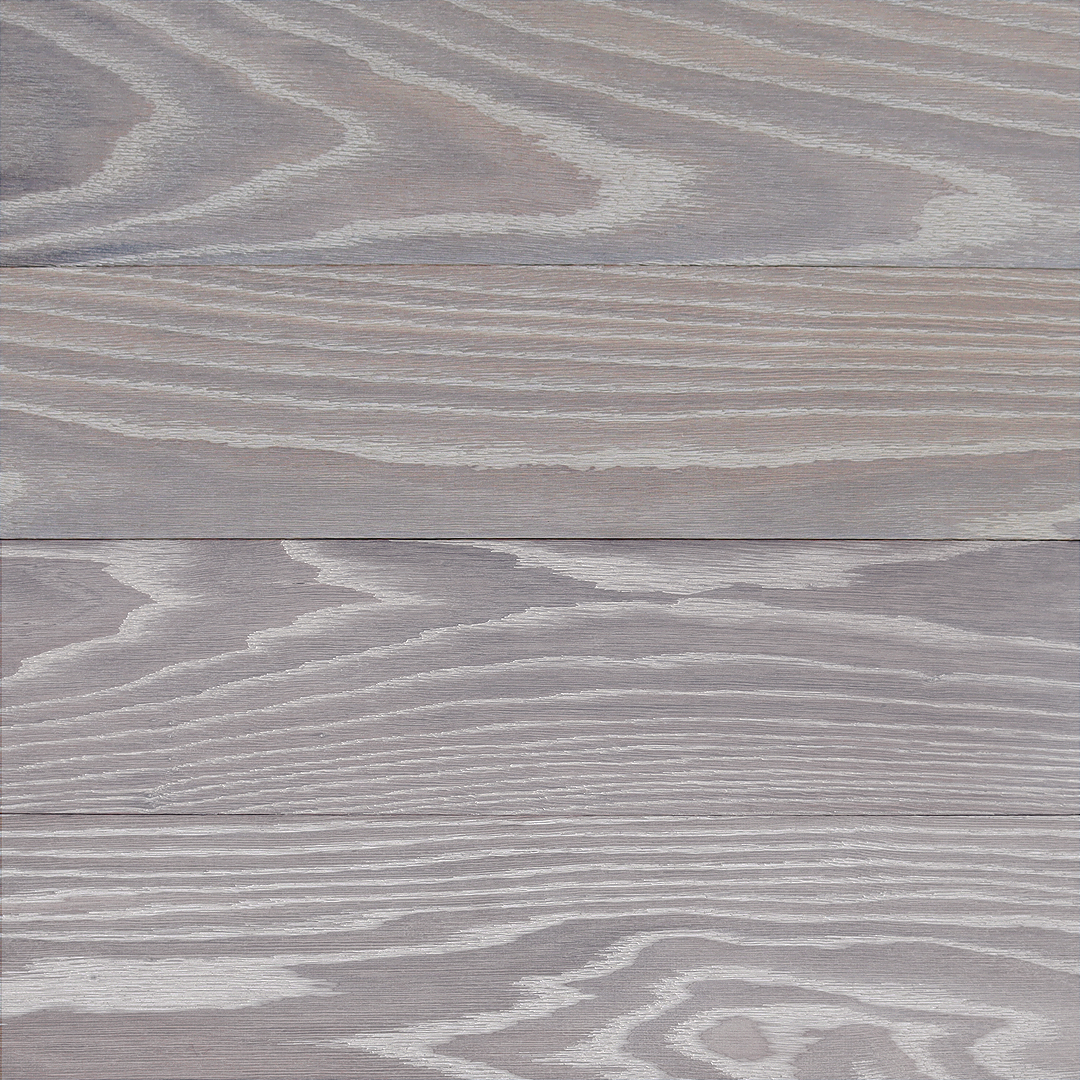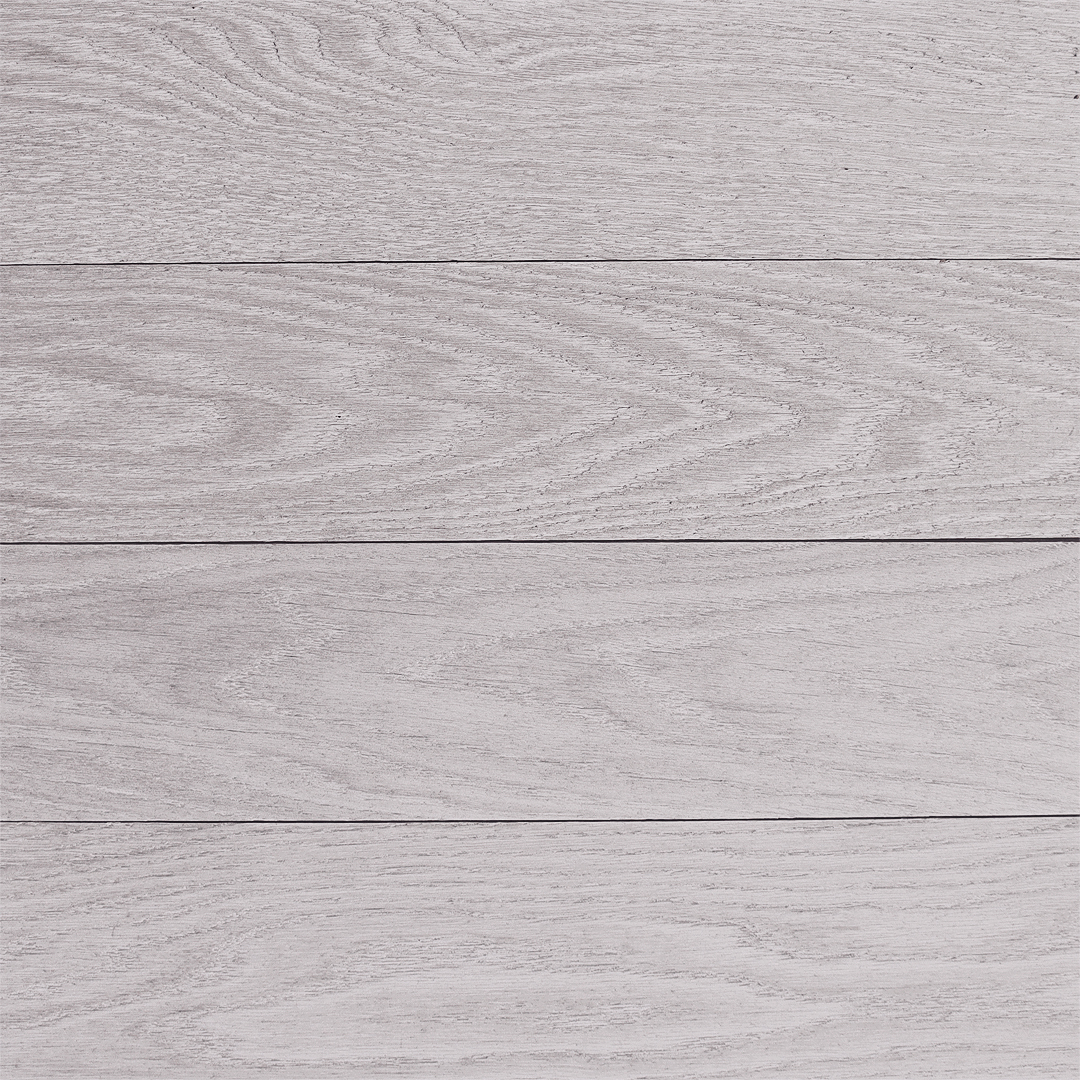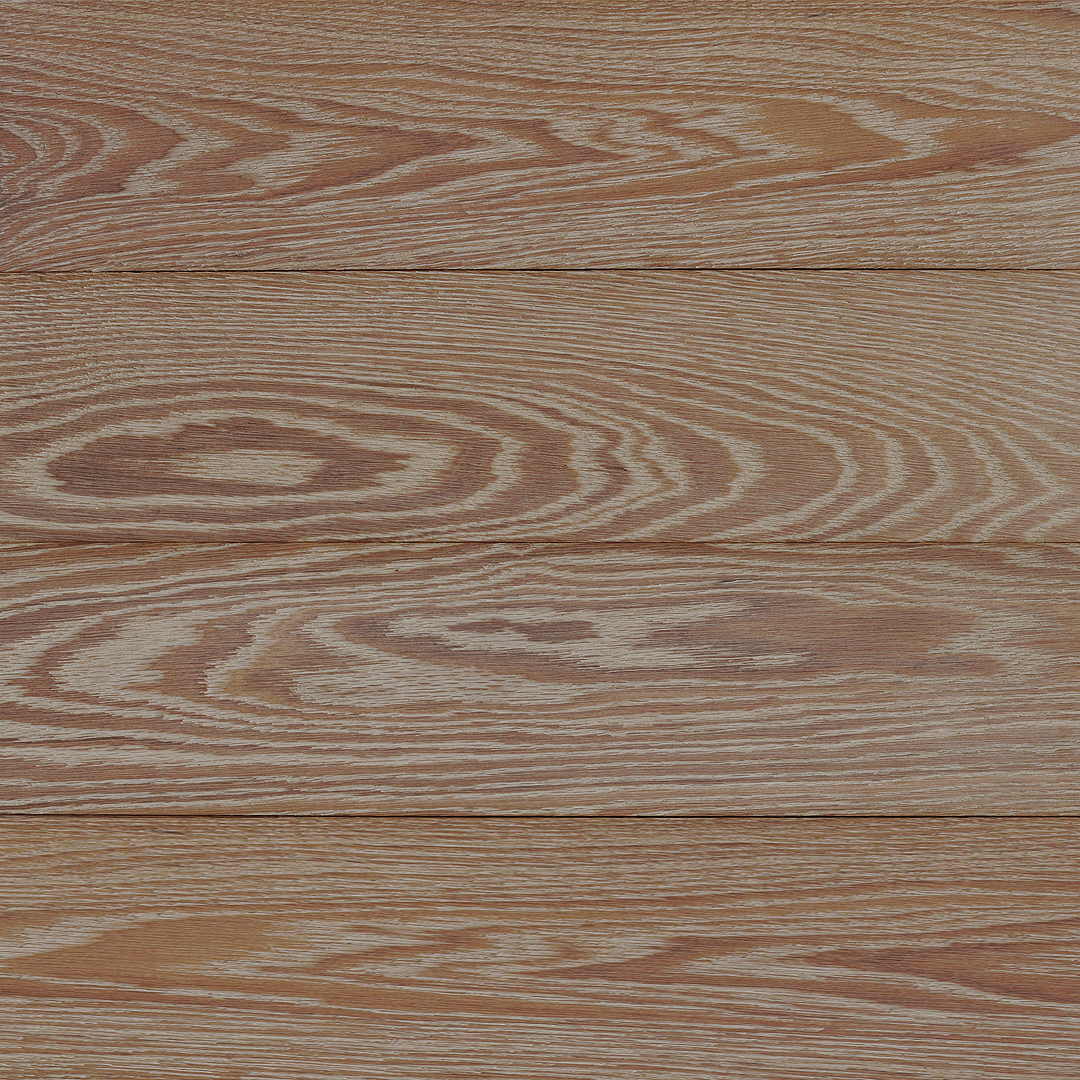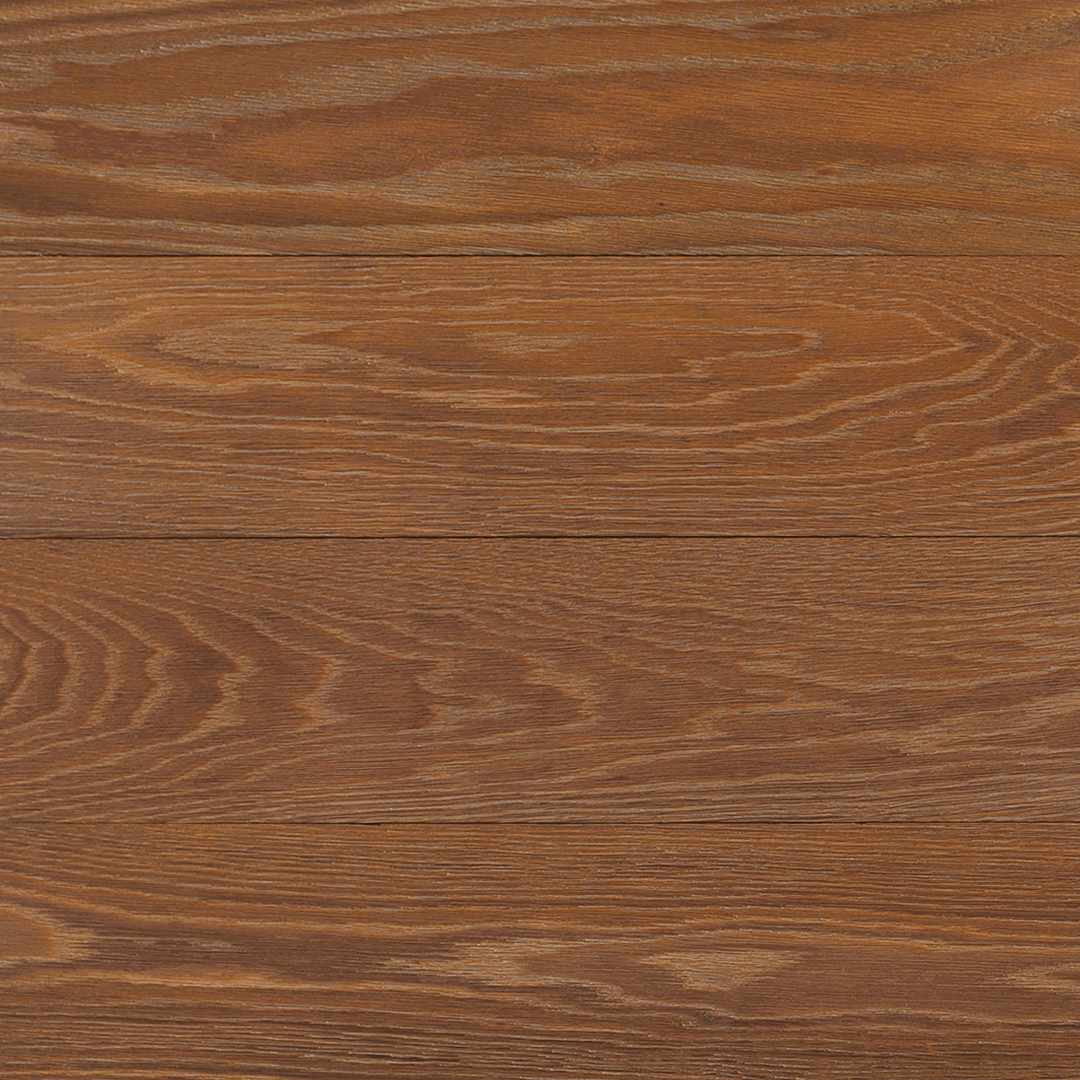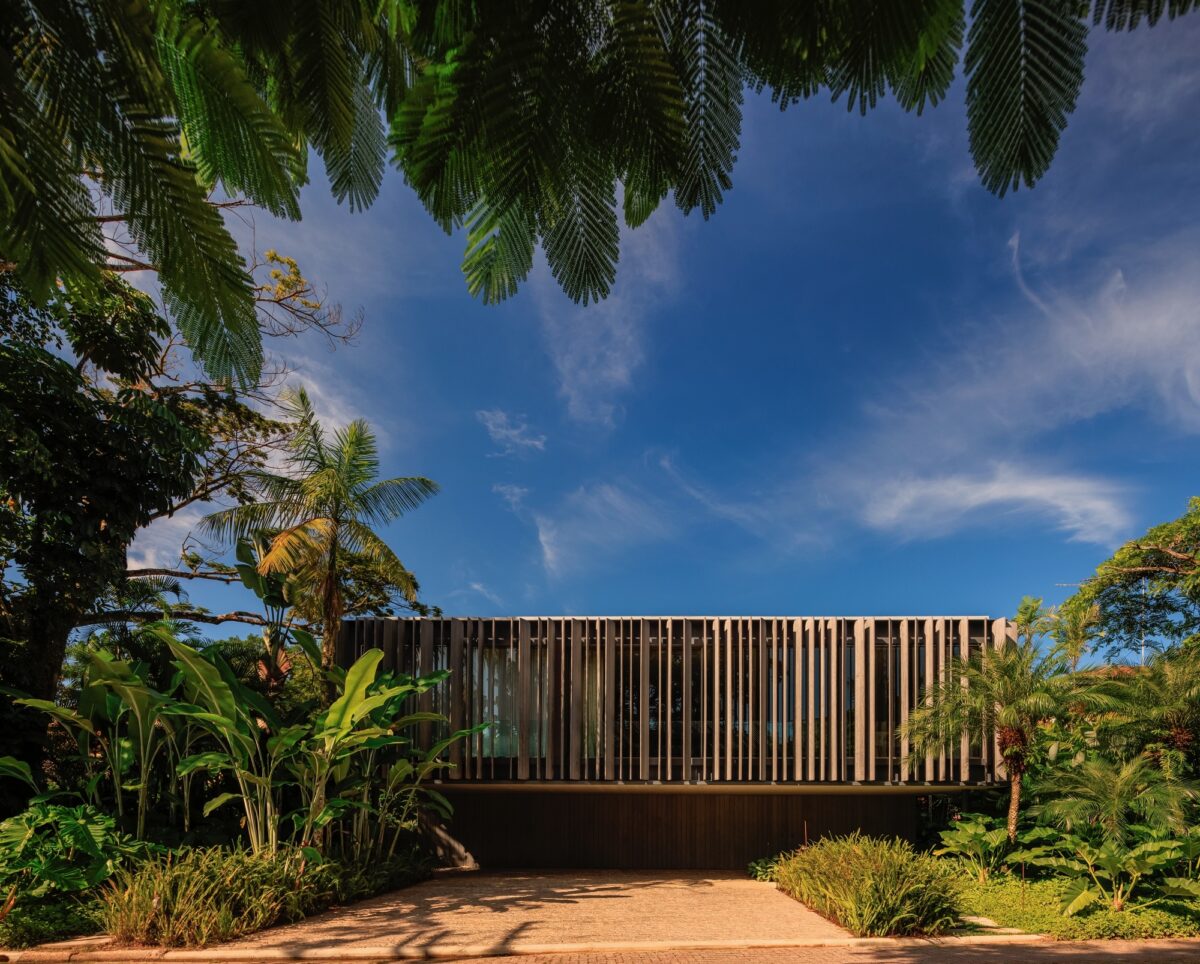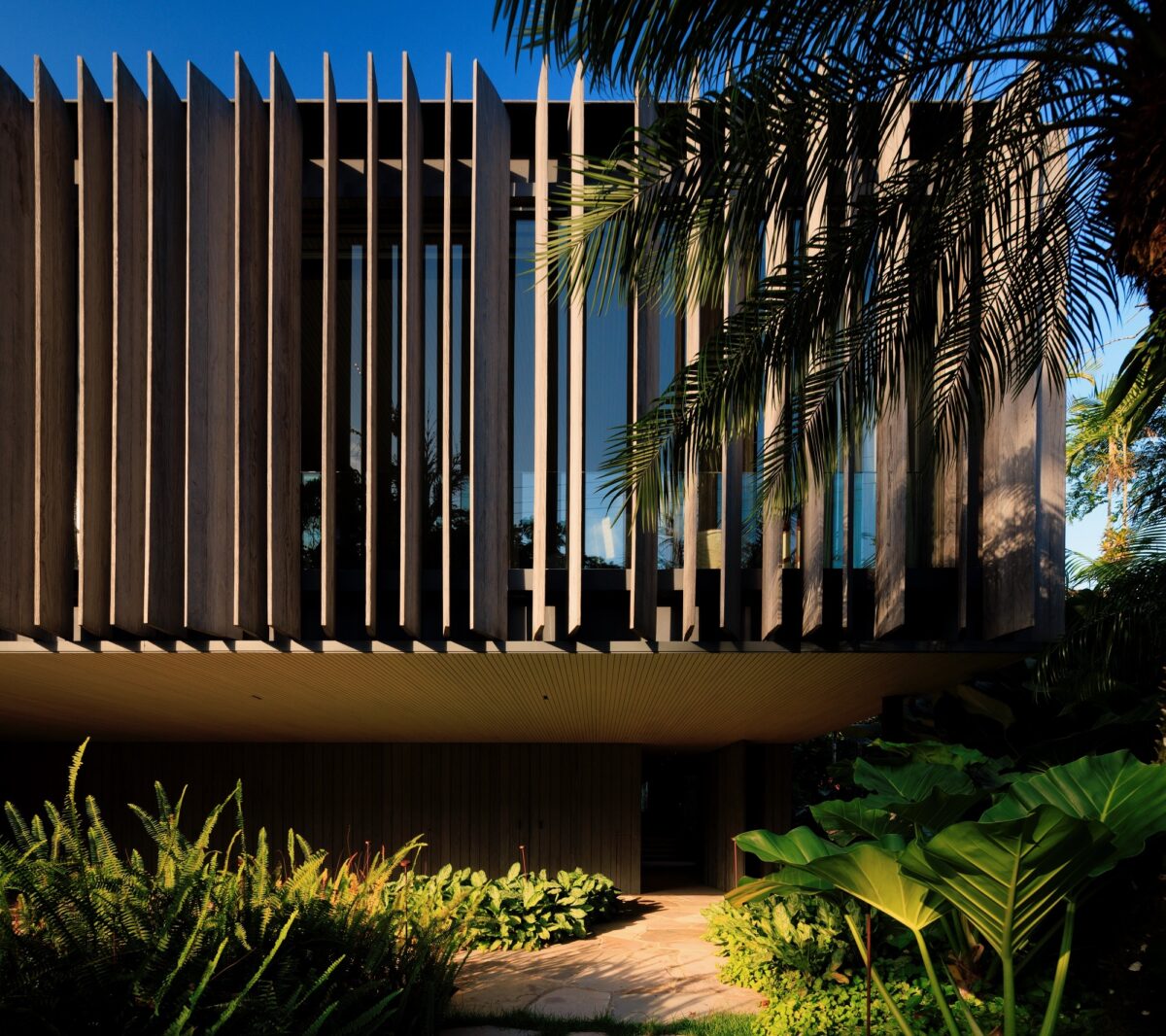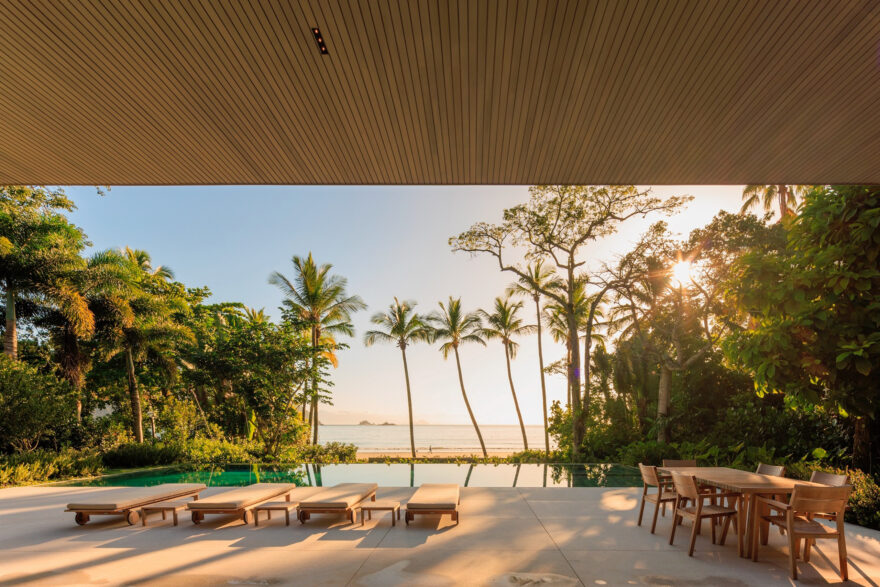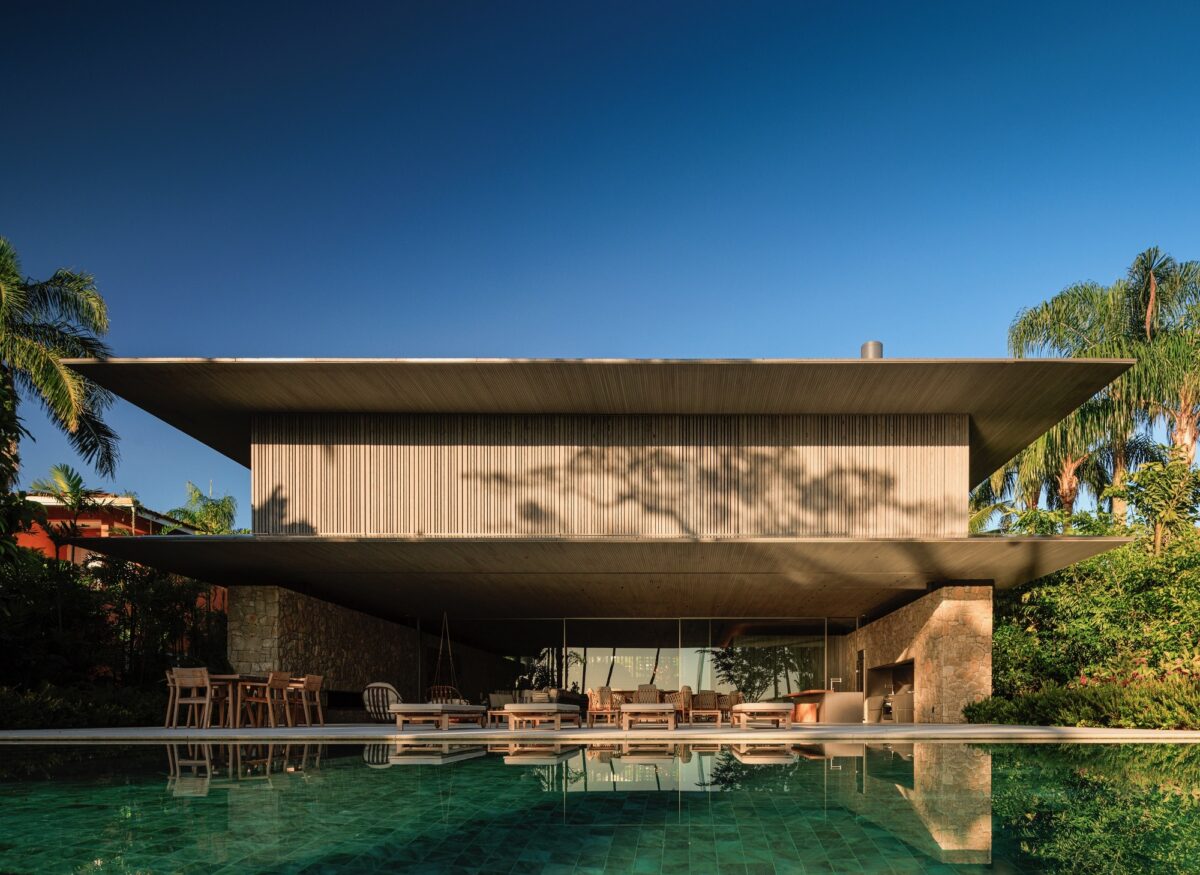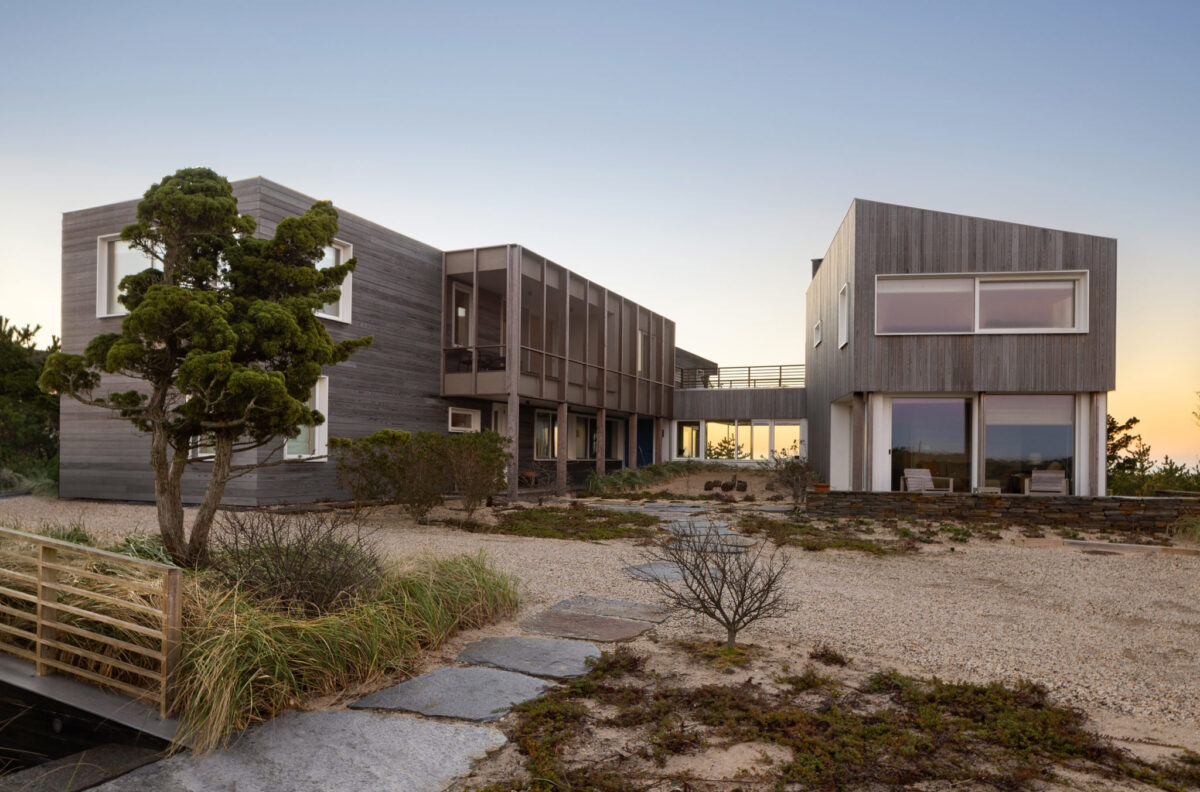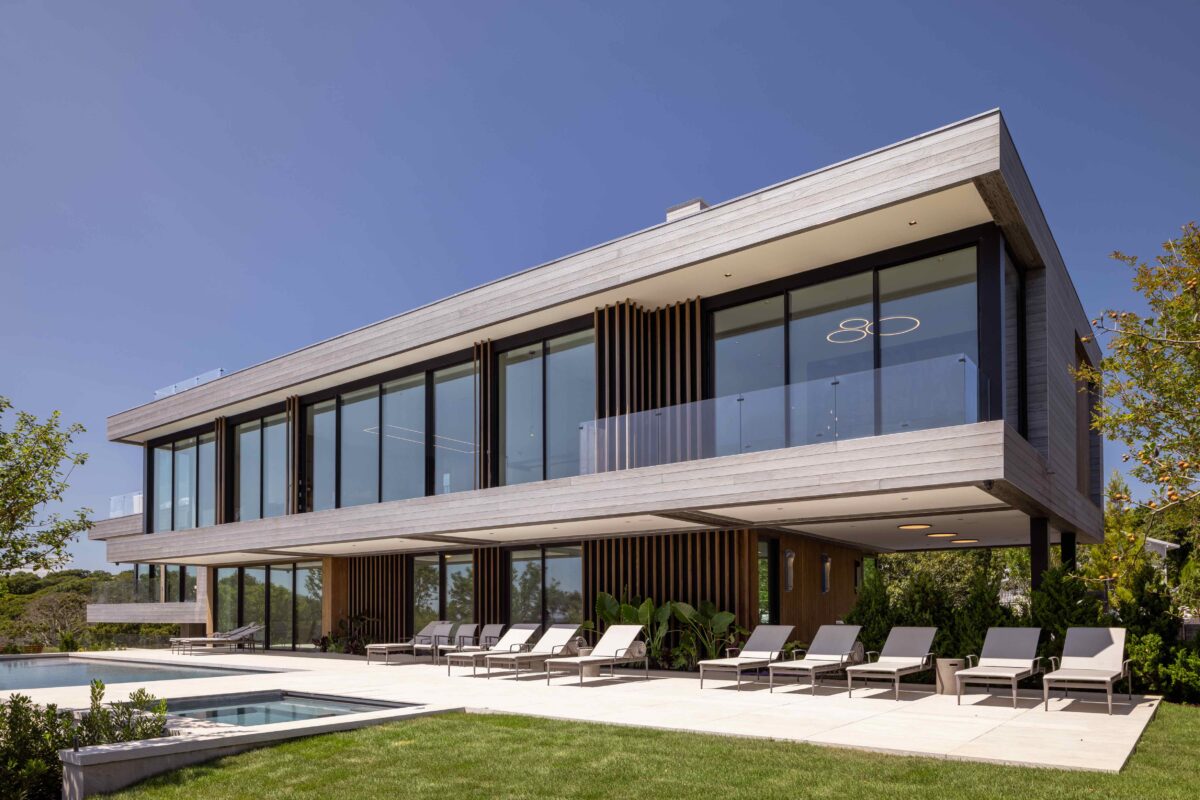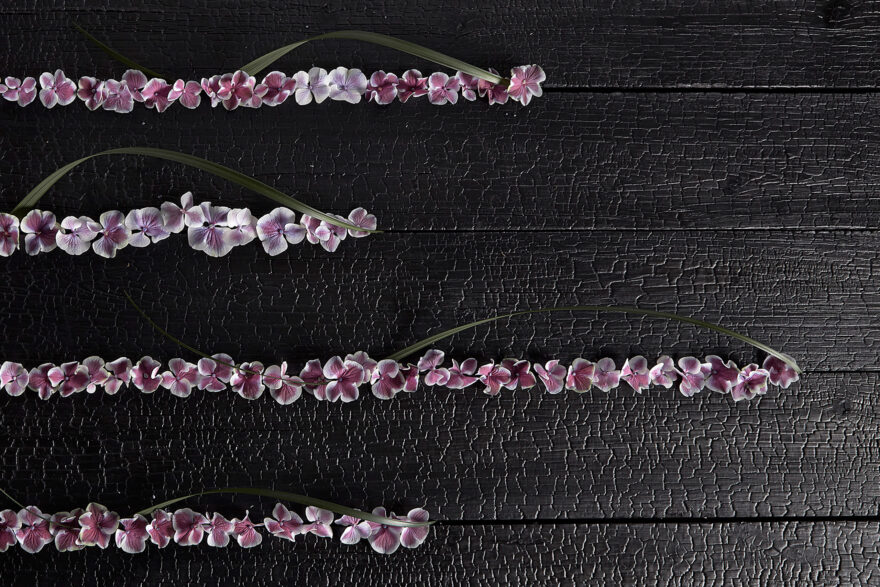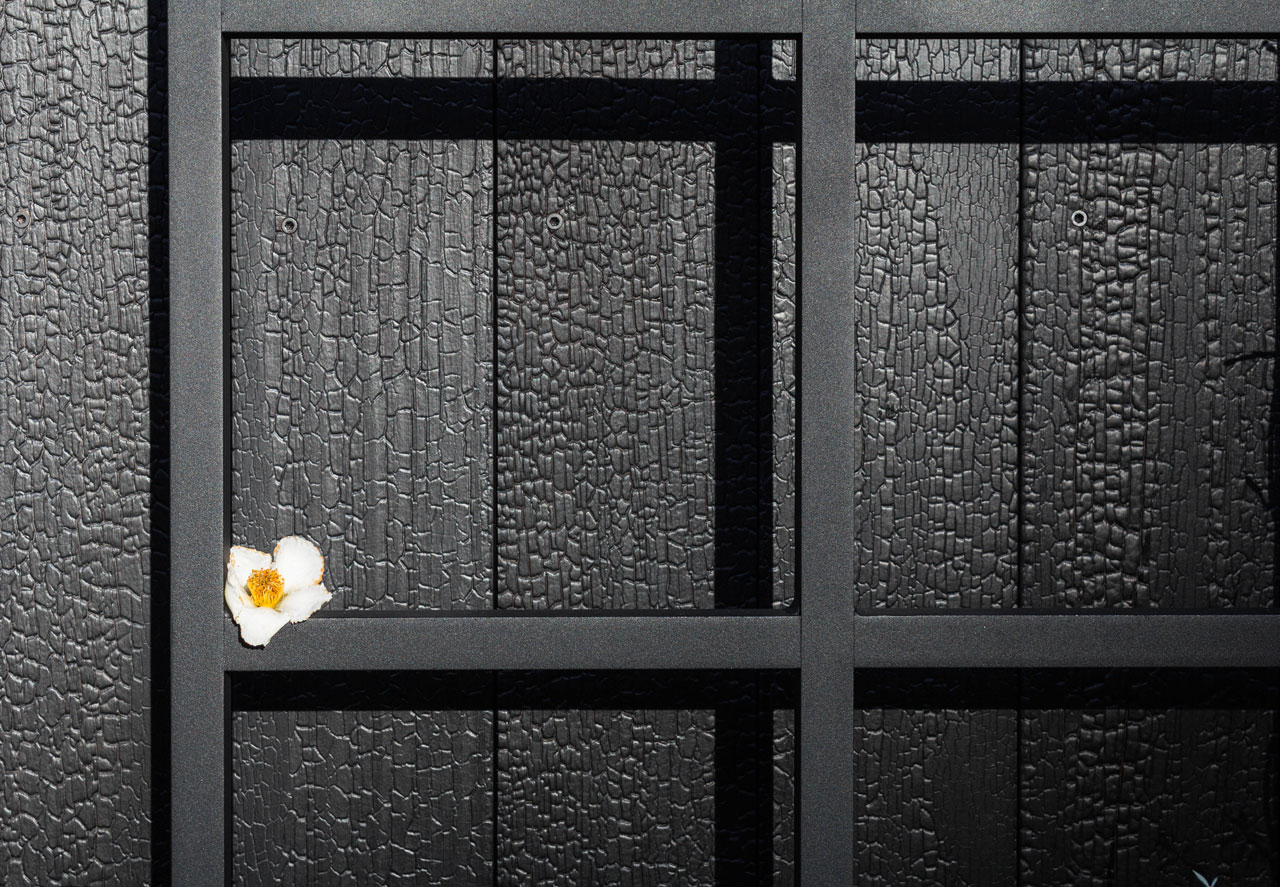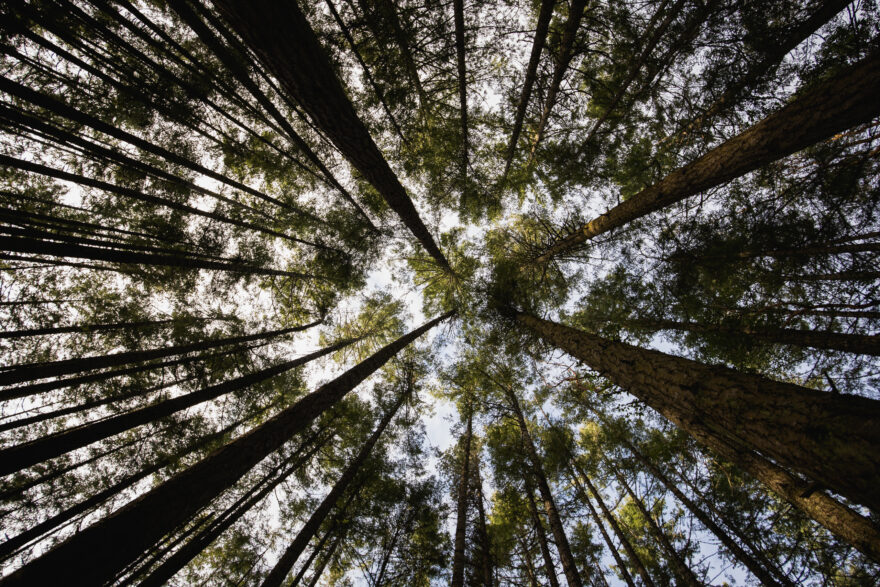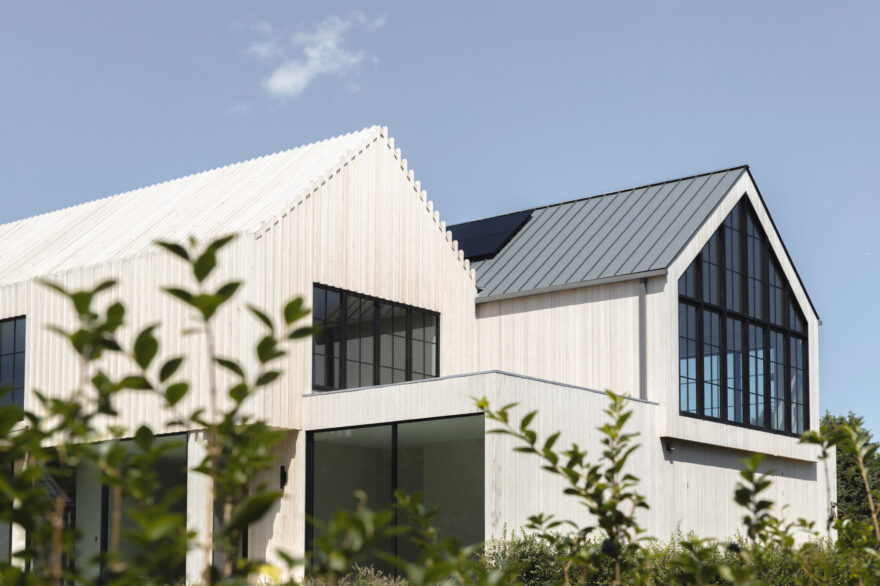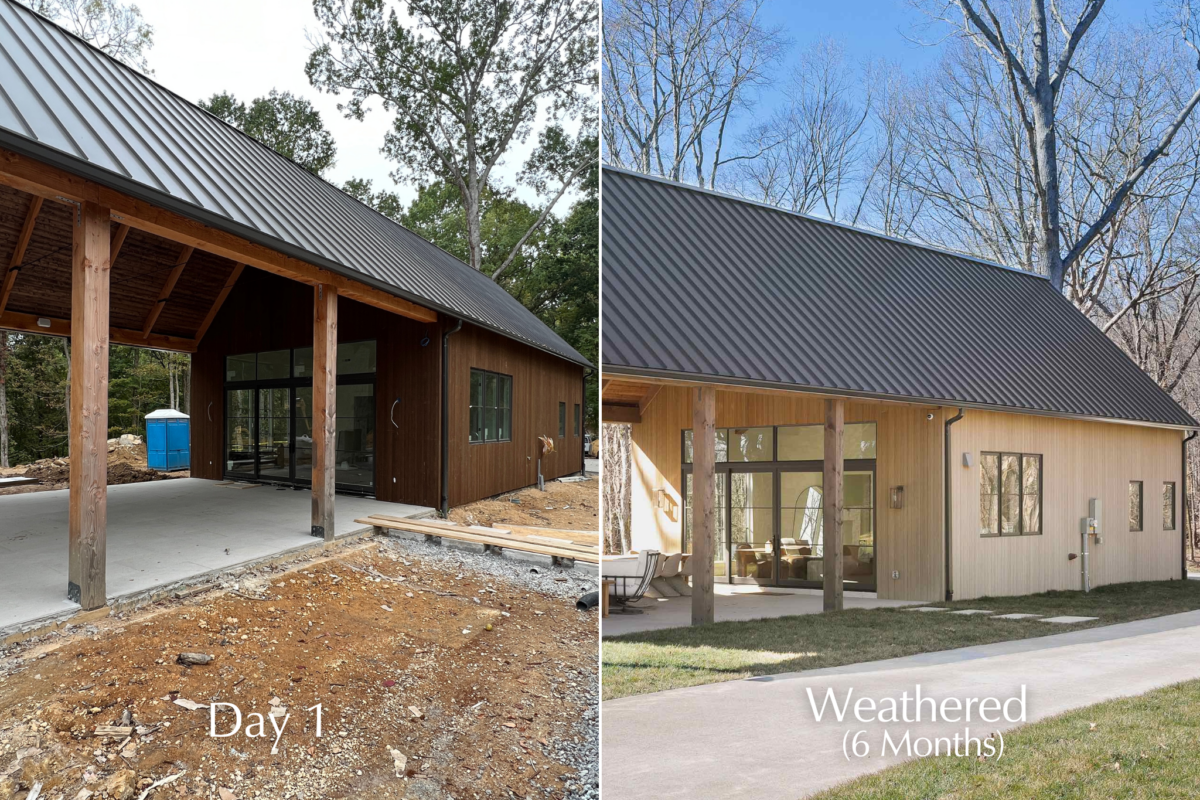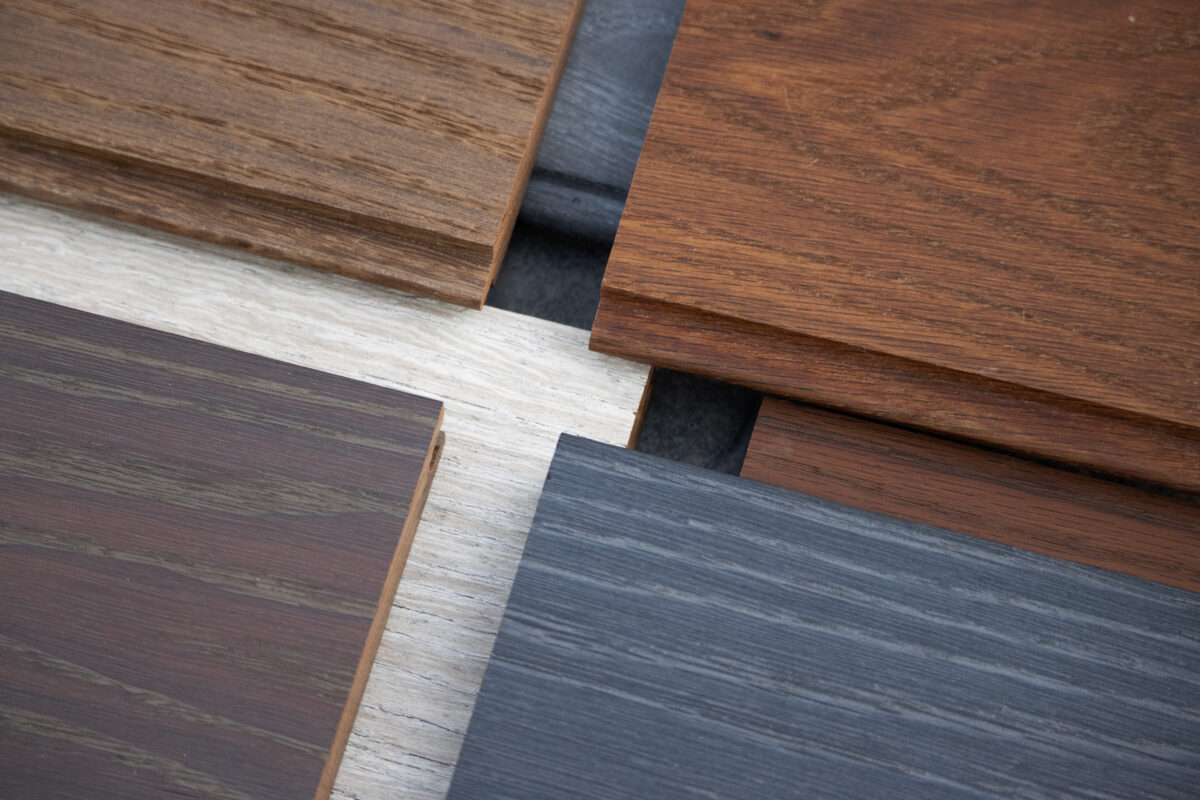Lumber milling is an age-old craft that merges wood’s natural beauty with the functional needs of architecture and design. Each milling cut offers a unique intersection of form, grain pattern, and structural properties that dictate aesthetic appeal and practical utility. Understanding these techniques is key to maximizing wood’s potential, from the versatile efficiency of plain sawn boards to the dimensional stability of rift and quarter sawn cuts.
With the resurgence of natural materials in present-day architecture, the choice of milling techniques plays a critical role in achieving specific design aesthetics and performance outcomes. Whether for flooring, wall cladding or structural components, knowing the distinct qualities of each cut allows designers, builders, and architects to make informed decisions.
This article explores the distinctions of lumber milling, demystifying key terms and revealing the artistry behind sawyers’ choices.
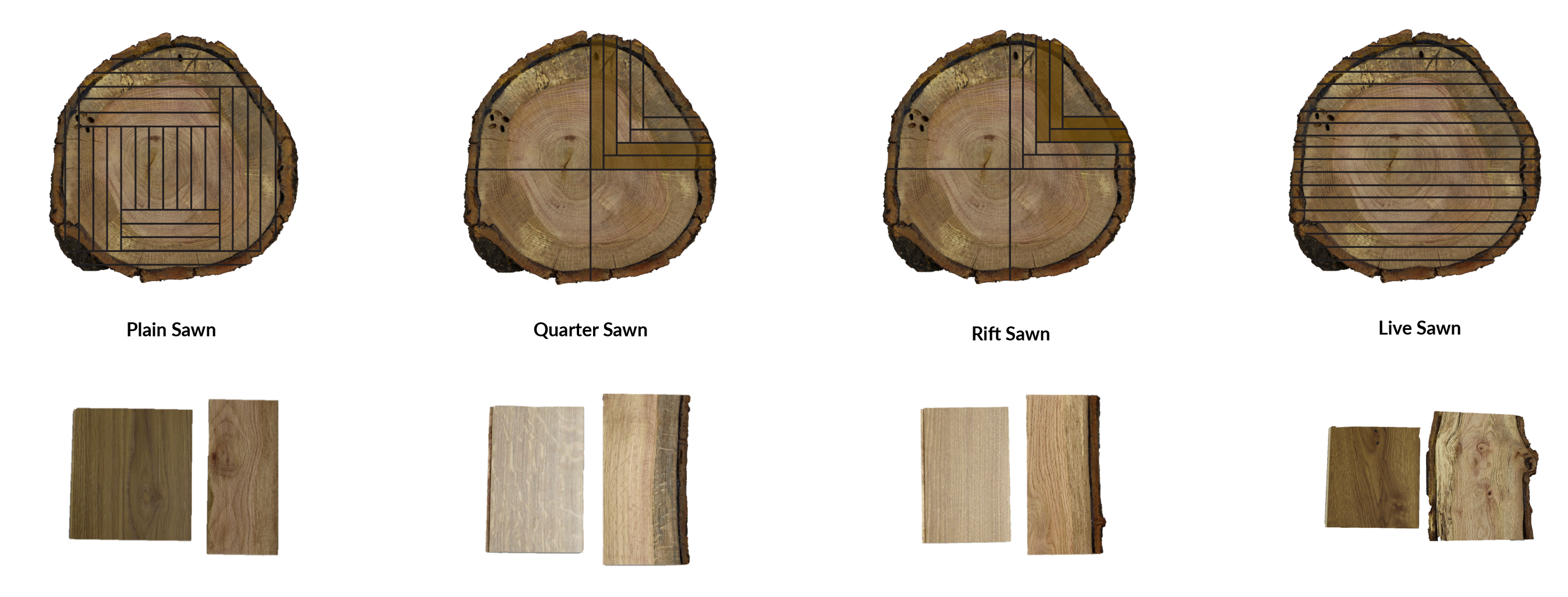
Plain Sawn: Efficiency Meets Visual Appeal
Plain (or flat) sawing is the most efficient and common milling technique. In this process, the sawyer aligns the first cut parallel to the curvature of the log. Then, they keep cutting the wood, switching between going the same direction as the log and across it, until they reach the middle.
Characteristics and Advantages:
- Efficient & Cost-Effective: This method maximizes the number of boards that can be milled from a single log, reducing waste and making it the most affordable option.
- Aesthetic Appeal: Plain sawn boards display a distinctive “cathedral grain” pattern, giving wood surfaces a natural, dynamic look.
- Readily Available: Due to its widespread use, plain sawn lumber is one of the most accessible options on the market.
Applications:
- Flooring & Millwork: WESTPORT Select Plain Sawn North American Black Walnut offers tonal uniformity and clarity, enhanced by the cathedral grain for an elegant look.
- Cladding: Products like ARDMORE utilize plain sawn material for a more monotone application, while HOWAITO leverages grain variations to create a lively tonal interplay.
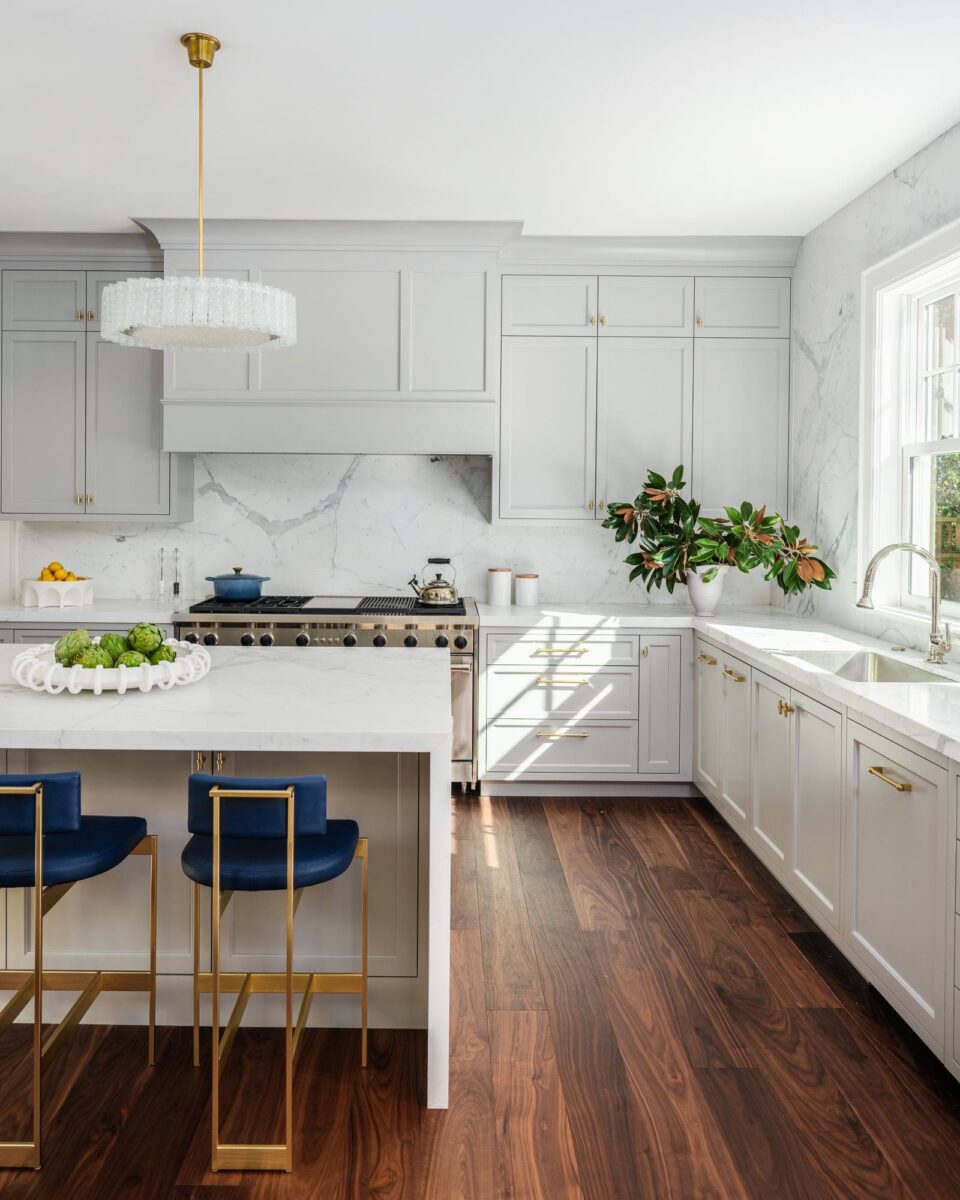
Live Sawn (Original Cut): The Most Resource-Efficient Approach
Live sawn, or original cut, is a milling technique that produces the widest boards possible from a log by making parallel cuts from top to bottom. This method captures the entire cross-section of the log, resulting in a unique blend of cathedral grain, vertical grain, medullary rays, and sapwood within a single board.
Key Visual & Structural Elements:
- Cathedral Grain: Found in the outer sections of the board, adding a dramatic and sweeping aesthetic.
- Vertical Grain: Visible in the inner sections, offering a more linear and structured appearance.
- Medullary Rays: Radiating from the log’s center, these unique flecks or streaks are highly prized in species like oak.
- Sapwood Contrast: The lighter outer layer of the log creates natural visual interest against the heartwood.
Benefits of Live Sawn Milling:
- Minimal Waste, Maximum Sustainability: Because the entire log is used, this method supports sustainable forestry practices by increasing overall yield.
- Superior Stability: The variety of grain orientations within a single board improves dimensional stability, reducing the likelihood of warping.
- Organic Aesthetic Appeal: Live sawn boards feature a striking mix of grain patterns, making them ideal for bold, naturalistic designs.
Applications:
- Flooring: Live sawn products like European White Oak are a popular choice in rustic and contemporary interior designs.
- Architectural Elements: Suitable for feature walls, beams, and ceilings where natural character is desired.
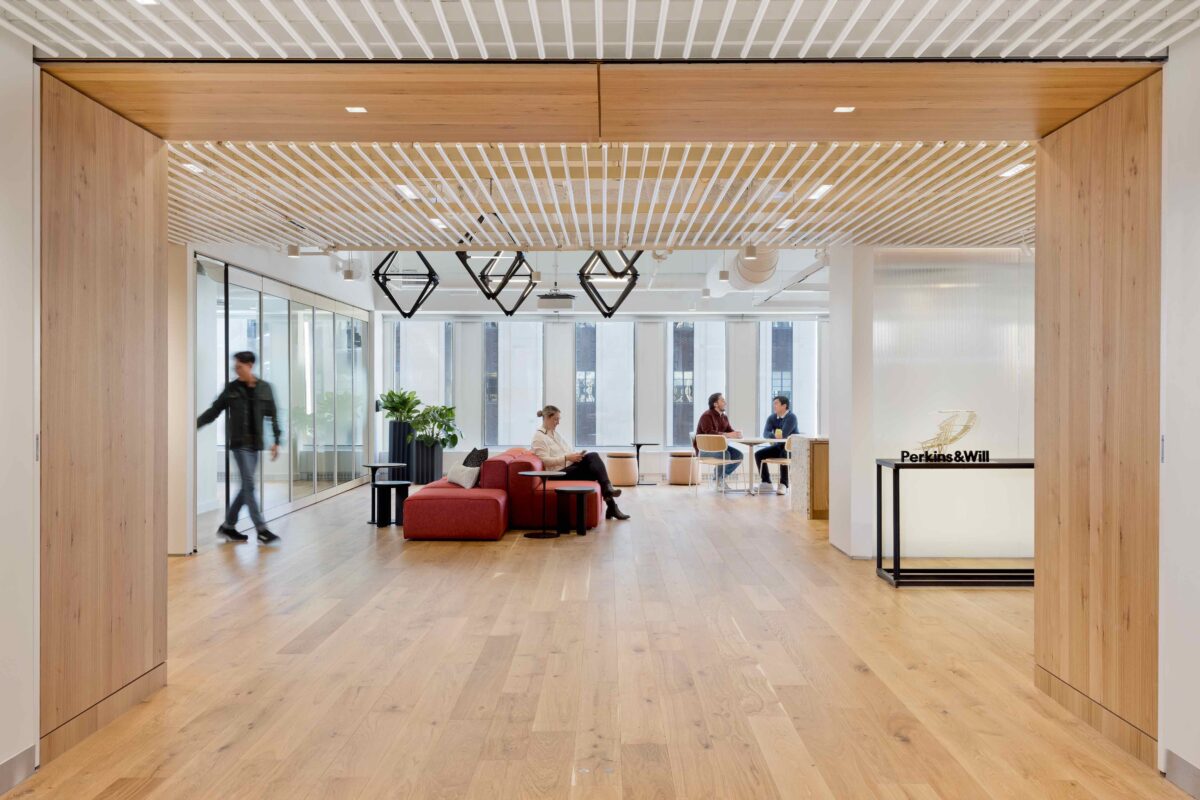
Rift Sawn and Quarter Sawn: Precision and Stability
The rift and quarter sawn milling methods are often misunderstood in woodworking. The key difference lies in the angle of the tree’s growth rings relative to the board’s surface, as seen from the end of the cut.
Quarter Sawn:
- Growth rings are at an angle of 60 to 90 degrees to the surface.
- Creates straight grain patterns and often showcases medullary rays, which appear as flecks or ribbons, adding a unique visual element to certain species like oak.
- Higher resistance to moisture absorption, making it more stable than plain sawn lumber.
Rift Sawn:
- Growth rings are at an angle of 30 to 60 degrees to the surface.
- Produces a clean, straight grain with minimal variation and no visible medullary rays.
- Highly sought for precision applications such as fine furniture, cabinetry, and architectural millwork.
Milling Process:
- A log is first cut into four quarters (cants).
- Each quarter is then sliced parallel to its flat face, with the sawyer turning the cant 90 degrees after each cut.
- The first, wider cuts become quarter sawn boards, while the smaller cuts with a lower grain angle become rift sawn boards.
Advantages of Rift and Quarter Sawn Milling:
- Dimensional Stability: The perpendicular grain alignment minimizes expansion and contraction due to humidity changes.
- Durability: Less prone to warping and cupping, making it ideal for flooring and high-end woodworking projects.
- Refined Aesthetics: The uniform grain structure provides a sleek, modern look that suits minimalist and modern designs.
Applications:
- Flooring & Cladding: Quarter sawn white oak is a popular choice for high-end installations, offering both durability and an elegant grain pattern.
By understanding milling techniques, builders, architects, and designers can deepen their design narrative and elevate their projects with the beauty and integrity of wood. Whether emphasizing the natural grain patterns of plain and live sawn boards or opting for the structural reliability of quarter and rift sawn lumber, each cut offers unique advantages.
At reSAWN, we specialize in providing high-quality, sustainably sourced wood products that highlight the craftsmanship and natural elegance of these techniques. Our extensive range of flooring, cladding, and millwork solutions ensures that every commercial or residential project can benefit from the timeless appeal of expertly milled wood.
For more information, contact reSAWN TIMBER co. to discover how our innovative wood solutions can enhance your next project. AEC professionals—if you’re interested in deepening your team’s knowledge on lumber cuts and their impact on design and performance, request a CEU course today!


